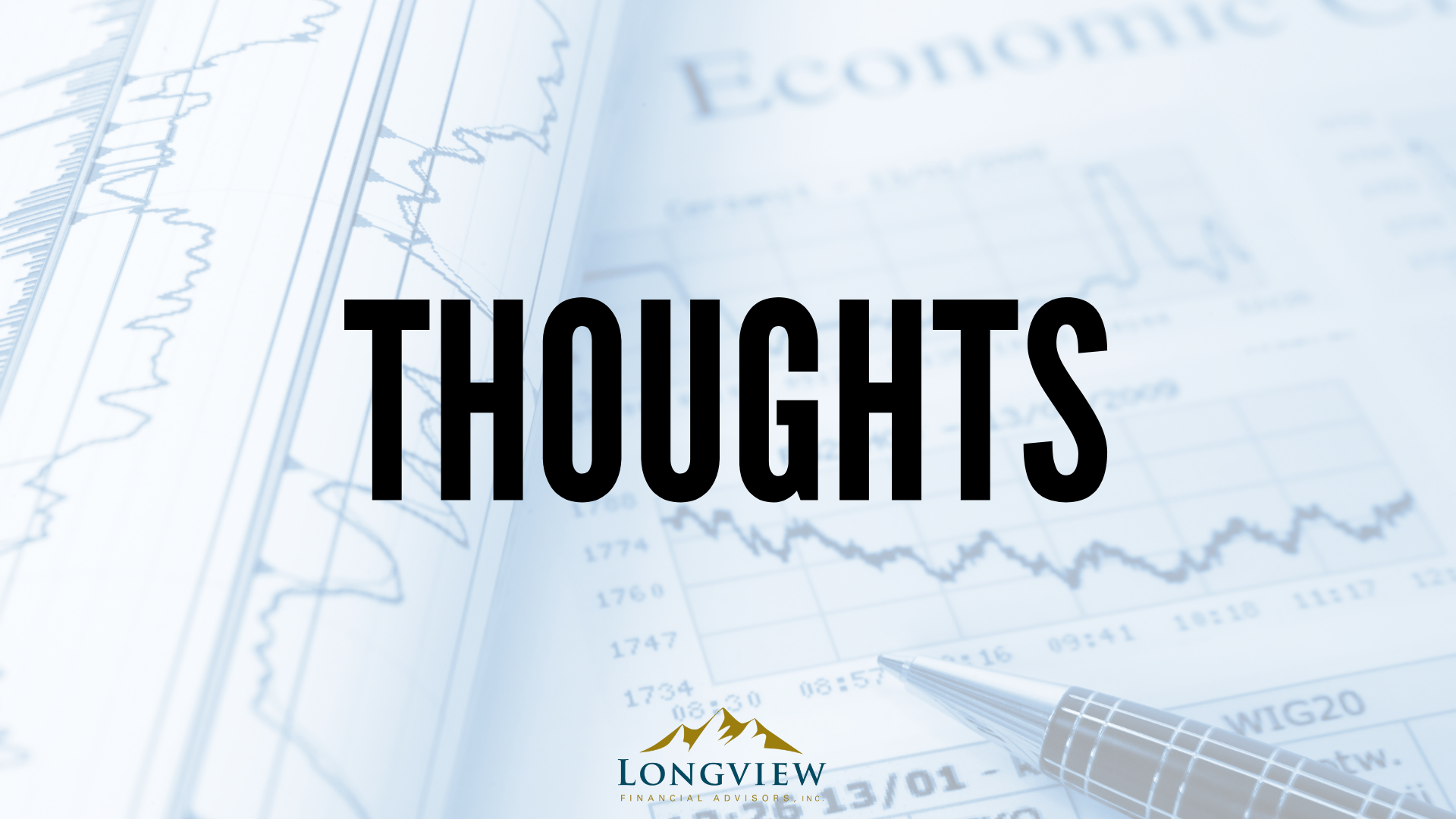
Macro Minute: Week of April 14, 2025
I had written a whole piece on the market panic and how disorderly the markets had gotten; however, with the delaying of tariffs by 90 days, it has made that piece irrelevant. With the news flow happening so rapidly, it makes it difficult to write a week out and stay relevant. With that being said, I will include a portion of that original post. I would also like to give some observations on a longer time series that I am observing and my beliefs about them.
The rest of the world outside of the United States is going to be increasing fiscal spending. The investment theme of everyone buying U.S. large cap tech is going to have diminishing returns going forward. Said another way, I don’t believe that U.S. large cap tech is going to be the market leaders in the future like they have been for the last decade. The trade turmoil and U.S. executive branch initiatives are going to cause the U.S. dollar to decrease versus most other currencies. This is going to be a different type of investing environment than we have been in for the last decade. We could have a CapEx spending cycle around the world that would favor different companies than what is most represented in the indices.
Here is an excerpt from the previously written piece from before the tariff delay. The biggest issue that both the economy and markets are facing is that they are being forced to trust and wait. Be it the tax plan, tariff use, trade deals, defense, government spending, government jobs, or our international relationships, we are all having to wait and see what the administration will put in place. This is a difficult environment for all parties involved. Foreign nations that have trade surpluses with the United States are not sure what the future will be on trade and all preexisting arrangements feel null and void at the current moment. Economists are taking these announcements as they come and are penciling in large economic pain ahead, but with so many variables at play, plans could be changed quickly. Investors are attempting to price all these factors in. That is meaning much lower equity prices to adjust for the potential of much lower earnings and potentially, a recession. One day bonds are pricing lower growth so yields fall, then the next day they are pricing higher inflation so yields rise. Foreign investors are long U.S. assets and will probably be sellers of those assets for a while to come. This is because for most of foreign investors’ lives the United States has been a place of stability and growth for the world. Now they see the United States as being an agent of chaos and as such, they don’t think our markets deserve the premium that they have enjoyed historically. To sum up the current state of things, I would say that things are chaotically in flux and full of uncertainty.
Trying to wrap up my thoughts is troublesome. I still feel that the level of uncertainty is, and is likely to stay, elevated. Even so, President Trump said that he was watching the bond market on the night of April 8th. I am mentioning this because the administration is very aware of how disorderly and broken markets were, especially the bond market. With the delay in the tariffs, and the likely new trade deals to come, it gives markets and businesses a lifeline of hope. Markets are eternally optimistic and look forward to, and invest in, a better future. Until this delay, the market was becoming more and more fearful. Ultimately, it was the treasury market that got them to change tone. Scott Bessent, the U.S. Treasury Secretary, has been saying from the very beginning that the administration is more concerned about getting the 10-year treasury yield down than what the stock market is doing. In the future, watching the treasury market is probably going to give more insight into how the administration views things.
In wrapping things up, I am going to pull from my previous writing again. In it I wrote, while predicting the future is impossible, being ready for whatever comes is prudent. We are always investing in uncertain times. Today, uncertainty does feel more elevated than most of the time. The best course of action in these cases is to stay diversified, stay calm, and make sure you have a plan.
DISCLOSURES:
Please remember that past performance may not be indicative of future results. Different types of investments involve varying degrees of risk, and there can be no assurance that the future performance of any specific investment, investment strategy, or product (including the investments and/or investment strategies recommended or undertaken by Longview Financial Advisors, Inc.), or any non-investment related content, made reference to directly or indirectly in this newsletter will be profitable, equal any corresponding indicated historical performance level(s), be suitable for your portfolio or individual situation, or prove successful. Due to various factors, including changing market conditions and/or applicable laws, the content may no longer be reflective of current opinions or positions. Moreover, you should not assume that any discussion or information contained in this newsletter serves as the receipt of, or as a substitute for, personalized investment advice from Longview Financial Advisors, Inc. To the extent that a reader has any questions regarding the applicability of any specific issue discussed above to his/her individual situation, he/she is encouraged to consult with the professional advisor of his/her choosing. Longview Financial Advisors, Inc. is neither a law firm nor a certified public accounting firm and no portion of the newsletter content should be construed as legal or accounting advice. A copy of the Longview Financial Advisors, Inc.’s current written disclosure statement discussing our advisory services and fees is available upon request.